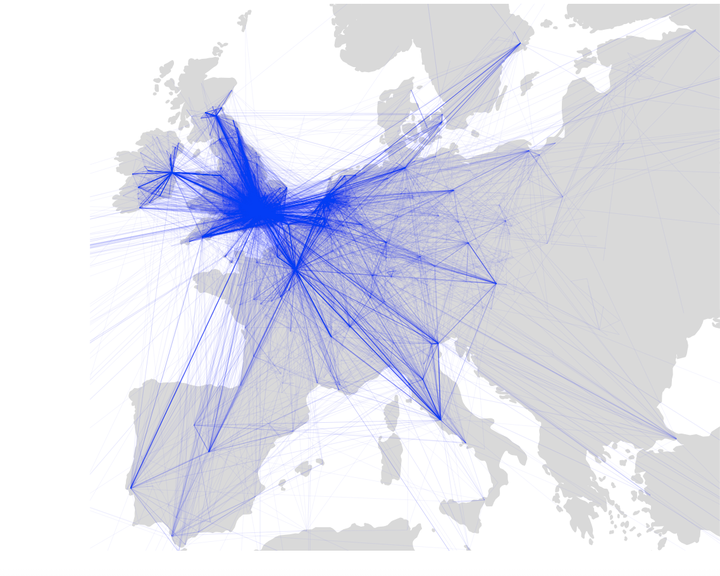Peripatetic Networks, The Impact of Mobility on an Early Modern Correspondence Network

Abstract
Many of the principal figures in the seventeenth-century ‘Republic of Letters’ travelled extensively, sometimes by choice, as part of a diplomatic mission or ‘Grand Tour’; at other times forced to move due to conflict or religious exile. While researchers increasingly pay attention to the importance of space and place in understanding networks, this mobile aspect of the nodes in a network is often overlooked in the application of formal network analysis to correspondence datasets. This paper sets out to understand the link between an individual’s mobility and some common measures of their network centrality. It does so in three steps. First, by outlining a method for tracking an individual’s movement in a dataset of correspondence, by measuring, using GIS software, the ‘distance travelled’ between letter origins as found in the metadata of a large (c. 150,000 letters) correspondence dataset, Early Modern Letters Online (EMLO). This data can be used to highlight the most highly-mobile individuals within the dataset, suggesting avenues for further investigation and analysis. Second, by proposing a method by which both network centrality measures and mobility can be measured with regards to changes over time, resulting in a set of temporal mobility and centrality scores for each individual in the data, which can be used to detect significant peaks in an individual’s connectivity or mobility, and enables easy comparison and analysis across the entire set of nodes. Third, the paper will describe a method for producing a set of time-series correlations between a node’s mobility and network metrics, in order to understand the relationship between the various measurements. This can be used to find individuals whose network centrality was particularly impacted by periods in their life when they were particularly mobile. To illustrate the application of these methods, a brief case-study of one of the most mobile individual in the EMLO dataset, the Scottish Calvinist Minister John Dury (1596-1680), will be sketched out. Dury spent much of his life travelling, keeping up a near-constant correspondence with some key intellectuals and ‘intelligencers’, including Samuel Hartlib, within whose archive most of his digitised correspondence can be found. The case study will show how the method can be used to understand how Dury’s travels affected his centrality to a network of individuals known as the ‘Hartlib circle’, as well as critically assess the limits of the method in the light of missing and partial data.